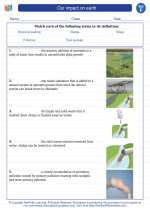What is Sleet?
Sleet is a type of frozen precipitation that forms when raindrops pass through a layer of cold air near the Earth's surface and freeze into small ice pellets before reaching the ground.
Formation of Sleet
When warm air carries raindrops into a layer of cold air near the ground, the raindrops freeze, forming tiny ice pellets. This occurs when a warm front moves over a cold front, or when warmer air aloft overlies a shallow layer of cold air at the surface.
Distinguishing Sleet from Other Precipitation
Sleet is different from freezing rain, which falls as liquid rain and then freezes upon contact with the ground or other surfaces. It is also distinct from snow, which forms from ice crystals in the atmosphere and falls to the ground without melting.
Impact of Sleet
Sleet can create hazardous conditions, especially on roads and walkways, as the frozen pellets can accumulate and create slippery surfaces. It can also cause power outages if it accumulates on power lines and tree branches.
Precautions during Sleet
During sleet, it is important to drive with caution and avoid unnecessary travel if road conditions are hazardous. It is also advisable to use salt or sand on walkways to prevent slipping and to take precautions to prevent damage to trees and power lines.
.◂Science Worksheets and Study Guides Sixth Grade. Our impact on earth
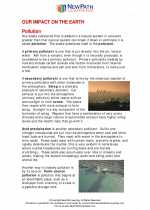
 Worksheet/Answer key
Worksheet/Answer key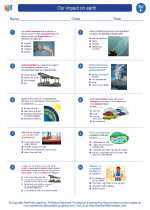
 Worksheet/Answer key
Worksheet/Answer key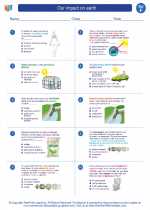
 Worksheet/Answer key
Worksheet/Answer key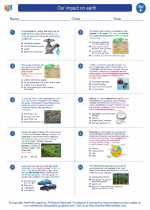
 Vocabulary/Answer key
Vocabulary/Answer key